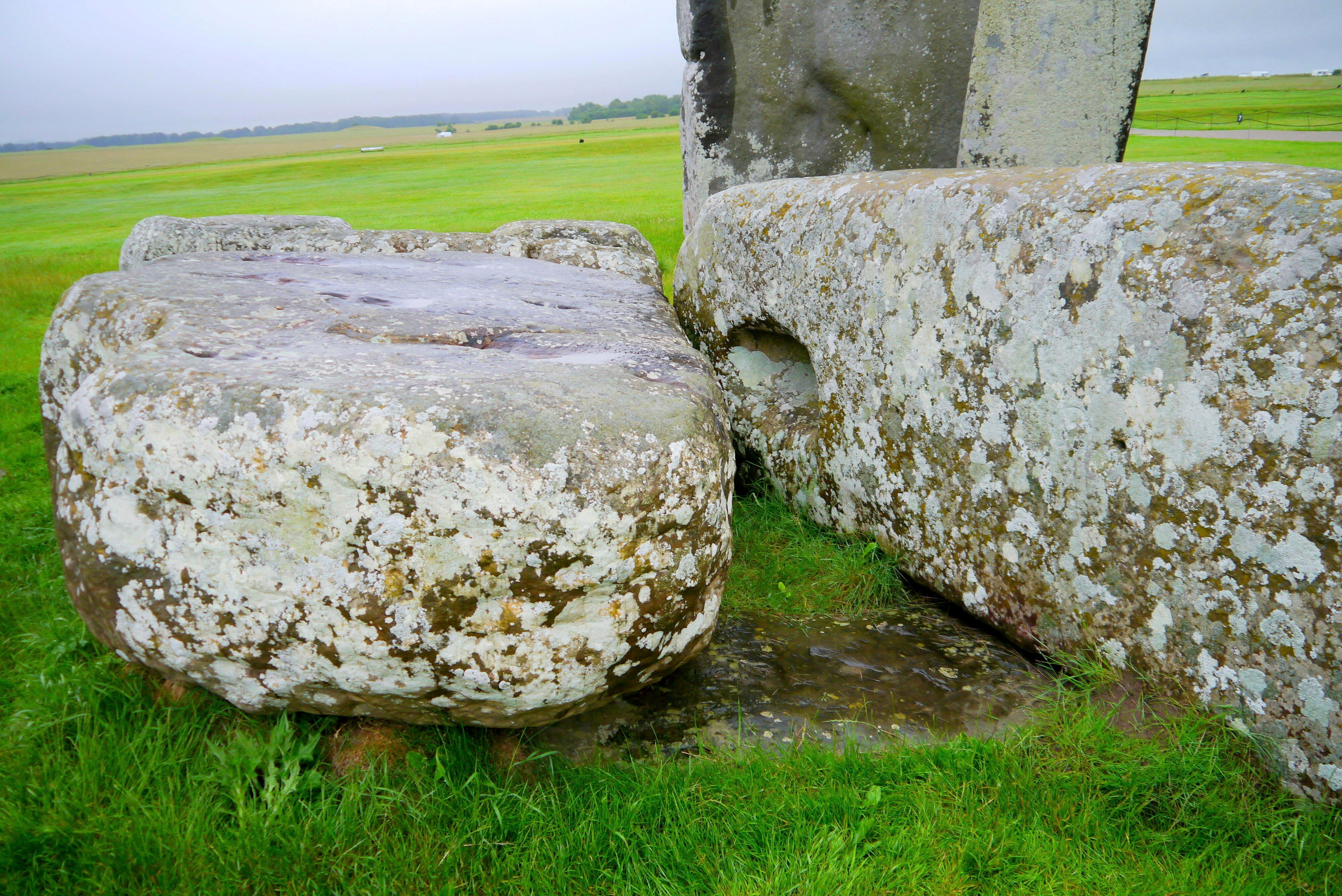Stonehenge: What we know and don’t know about iconic megalith after shock discovery
A new Stonehenge discovery has challenged everything we know about the ancient monument

New scientific research has changed our understanding of Stonehenge as tests uncover an unexpected Scottish connection.
Mineralogical tests on the monuments central stone has shown that it could have come from some part of Scotland, even as far as the remote northern island of Orkney.
This challenges the previous notion that the furthest the stones had travelled was from southwest Wales, which is nearly 600 miles closer.
The implications of the discovery are wide-ranging. The monument has long given historians clues into how Neolithic Britain operated, and the newly found Scottish link sheds a new light how society might have operated over 5,000 years ago.
Archeologists and historians will no doubt have many new questions and theories about the ancient monument in light of the new findings. Here’s an overview of what is known – and what is unknown – about Stonehenge:
What we know about Stonehenge
There are 93 pieces of stone visible at Stonehenge, and this doesn’t include the ones that are buried or presumed missing. Until now, all were thought to originate from local or regional sources. The furthest was believed to come from southwest Wales, around 120 miles away.
The most prominent stones are arranged in a circular formation around the ‘Altar stone’ which is located in the centre. This is the rock that has now been linked to Scotland through expert tests.

It was built in several stages, with the first formation thought to be erected around 5,000 years ago. However, it is not just the stones that are of historic significance, but the entire area.
The Stonehenge and Avebury heritage site is a massive 6,500 acres, and is home to over 350 burial mounds which continue to cause debate amongst experts. Excavations are ongoing, with as much historically significant material under the ground as there is on top of it.
What we still don’t know about Stonehenge
While the discovery of the Scottish connection to Stonhenge is exciting, it has lead to more questions than answers. Experts say the fingerprint of the rock could even match those found in Orkney, far in the north beyond even the Scottish mainland.
This would increase the distance Stonehenge’s rocks have travelled from 120 miles to as far as 700. How or why Neolithic Britons would have moved such a substantial stone this great distance may never be fully revealed.
But it does tell us something about the culture of the period, which spans from Neolithic period to the Bronze age. The Independent’s archeology correspondent David Keys explains: “the newly discovered Stonehenge-Scotland link, when combined with the Welsh origin of some of the Stonehenge stones, suggests that there might also have been a pan-British aspect to how Neolithic Britons lived.”
Experts still dispute how the stones were transported to the site over long distances, as well as what the purpose of the site was.
However, English Heritage gives the working theory that “the fact that the sun rises over the Heel Stone on the longest day of the year (summer solstice) and sets over it on the shortest day (winter solstice) suggests that it was a prehistoric temple aligned with the sun’s movements.”
Join our commenting forum
Join thought-provoking conversations, follow other Independent readers and see their replies
Comments
Bookmark popover
Removed from bookmarks